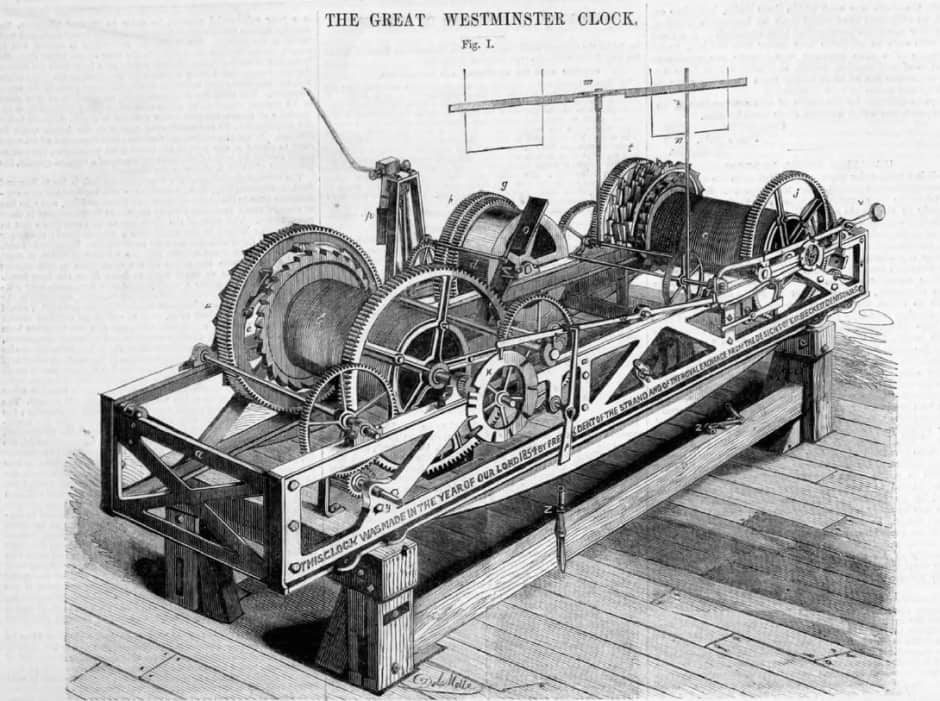Towers of London: Engineering the heights
Look up from the capital's pavements and you will see the many towers of London's skyline. The Engineer has witnessed the building of several of London’s towers, and here we feature some of the articles that covered the construction of the city's pinnacles.
As the industrialised world’s first Metropolis, London has been from surprisingly early in its history a vertical city. Towers and spires have been its hallmark for many years, and although the skyscraper trend passed London by as it raised the height of American cities early in the 20th century, it has since caught up.

Not a tower as such but the focal point of the best-known towers in the world, the clock of the Houses of Parliament – universally known as Big Ben, although it is equally well-known that the name strictly speaking applies to its bell – is a feat of engineering in its own right. We wrote about the clock, towards the beginning of The Engineer’s existence in 1856, and nine years later featured the obituary of its formidable designer, the horologist Edmund Beckett Denison, Baron Grimthorpe.
Register now to continue reading
Thanks for visiting The Engineer. You’ve now reached your monthly limit of premium content. Register for free to unlock unlimited access to all of our premium content, as well as the latest technology news, industry opinion and special reports.
Benefits of registering
-
In-depth insights and coverage of key emerging trends
-
Unrestricted access to special reports throughout the year
-
Daily technology news delivered straight to your inbox










Water Sector Talent Exodus Could Cripple The Sector
Well let´s do a little experiment. My last (10.4.25) half-yearly water/waste water bill from Severn Trent was £98.29. How much does not-for-profit Dŵr...